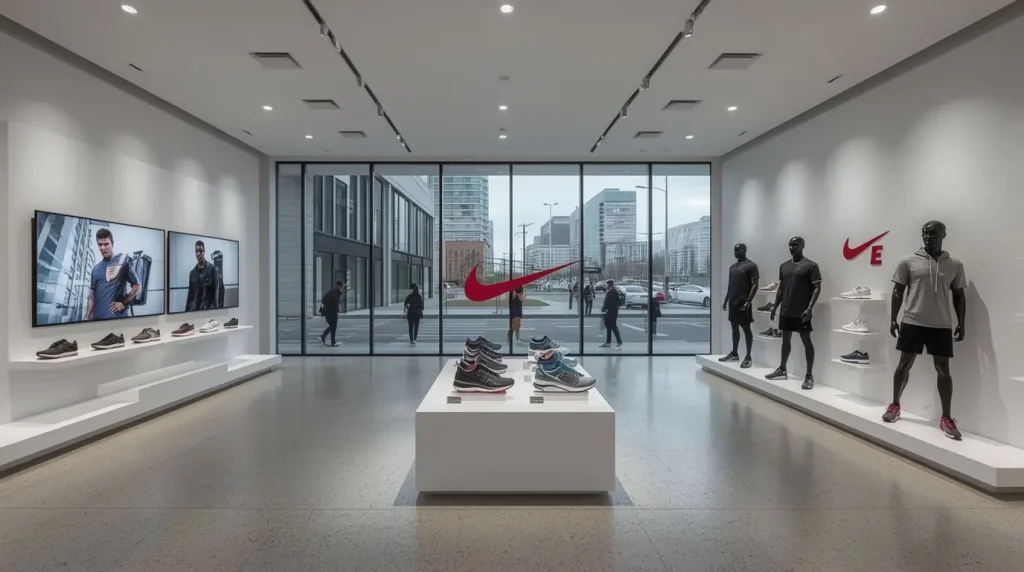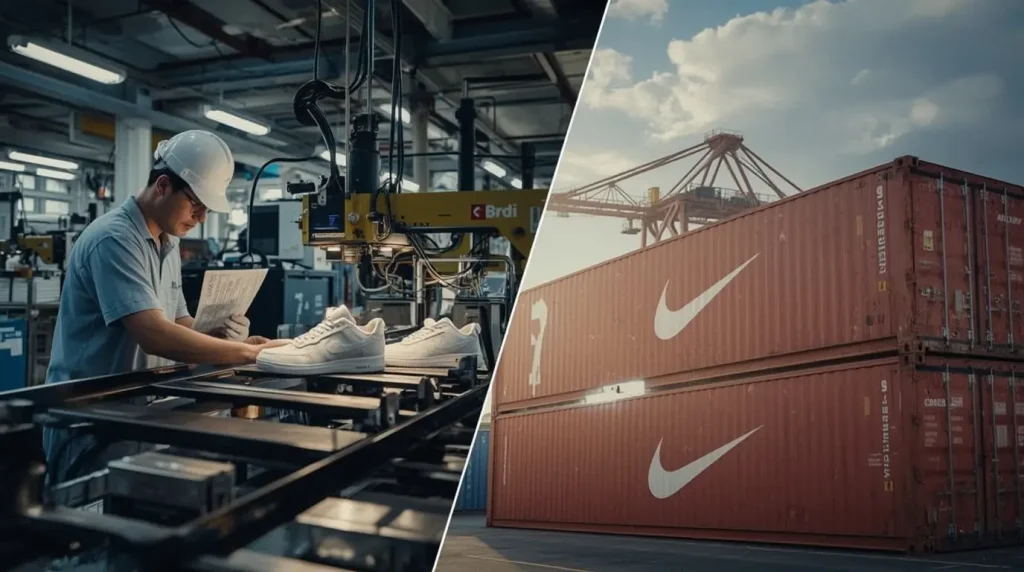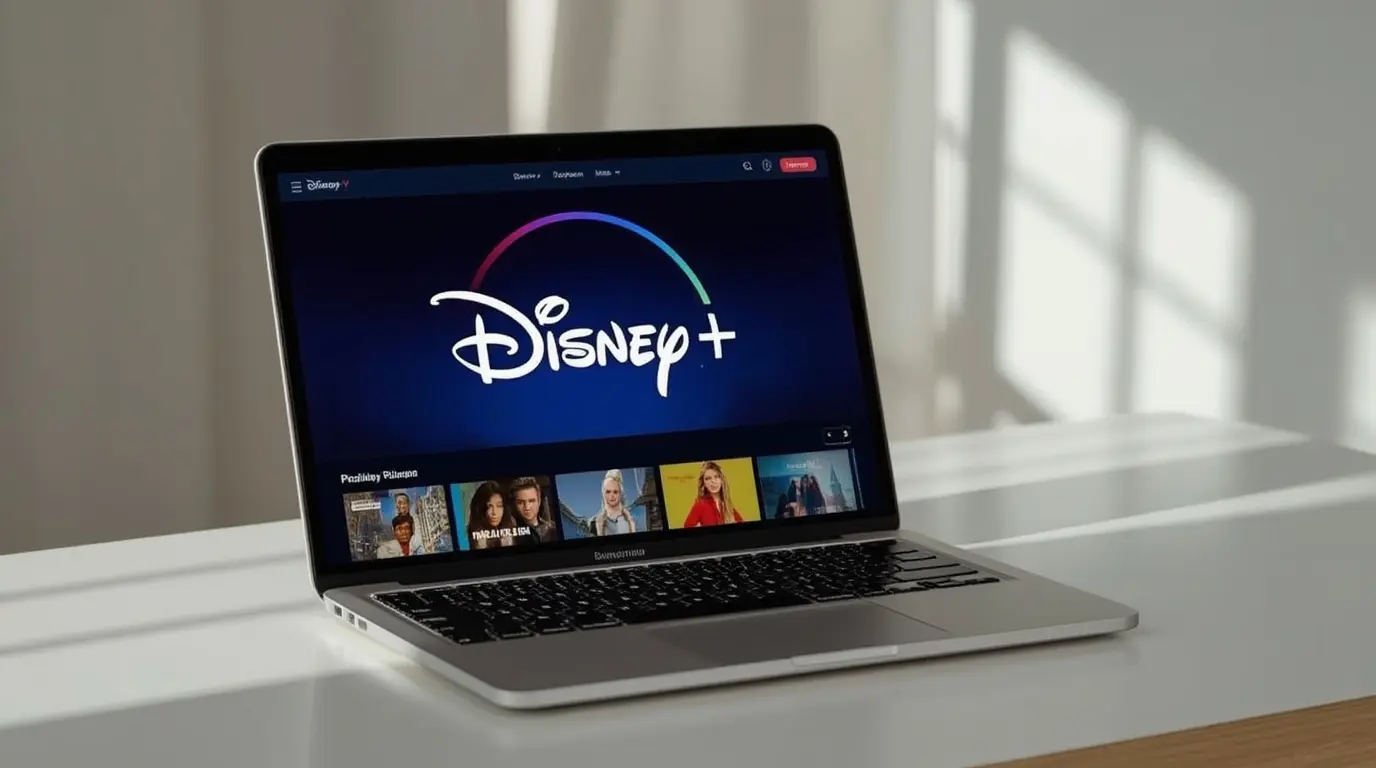Nike’s attempts at revitalization strategy under the leadership of CEO Elliot Hill is yet to find its way with the public, as highlighted by the unusual performance Nike just reported, with revenue walk above expected profit, as well as forecasting continuously worrying tariff costs, not to mention the multi-state concerns. This ambivalent reaction sheds further light on Hill’s approaches to Nike to help the company recover, now the company is nearing on the year mark of Hill’s leadership.
Elliot Hill’s strategy with the company is the primary reason Nike maintains its focus, as promised to recover from the non-linear_growth worrying cloak of external factors, corresponding to the first grid of Q 2026. The periods of external factors throughout the year squeeze enough profit, so its Nike swoosh has not been enough to cancel out external influences to the estimate, as broader athletics and athletic apparel seems to surround Nike on all sides. People now watch Nike to see if they return to the status of the leader with.
Nike’s Financial Performance: Breaking the Silence
Nike on the first of fiscal trump s successes with appearing positive on the several surprises analysts purported and forecasting, alongside doing what analysts outlined at the base. The stock saw a increase by 4% to 5% with the breach.
Quarter ending August 31 revenue reached $11.72\, billion which translates to a 1\% growth YoY and a massive beat versus the $11 billion target. The guidance provided regarding a mid-single digit decline Nike finally relieved the deterioration it and others have suffered from over the past several quarters.
More stunning was Nike’s earning’s performance which was $0.49 for the quarter. Every analyst expected the $0.27 mark. Given the parameters and the downward pressure company has had to withstand, it was a staggering performance.
The Growing $1.5 Billion Headwind Of Tariff Costs
Nike’s earnings report showed the sharpest change was an increase in expected tariff costs. The company now expects tariffs to reach $1.5 billion this fiscal year, which is an increase of 50% from the $1 billion estimate just 3 months prior.
This change is due to the introduction of “reciprocal new tariff rates” put in place since the last earnings call. CFO Matthew Friend said these new rates would now reduce Nike’s gross margin by 120 basis points in fiscal 2026 (previously 75 basis points) which materially changes Nike’s fiscal outlook.
Nike has promised that its imports “will drop to the high single digit range by the end of fiscal 2026. Company is promising to reduce its imports from China. Nike has promised to make country wise price increases to the USA market in order to reduce the overall impact the company will face in the long run.
Early Signs of Growth
CEO Elliott Hill successfully managed to steer the company back to its core roots of athletics. While its a work in progress, the company has started to steer away from focusing on the stylish elements of their products with help from Hill’s “Win Now” strategy.
Nike is focused on 3 points: improving relations with their wholesale partners, focusing on making unit sales, and niche grouping them by the varied demographics that surround the sports world.
Probably the biggest change in structure is how Hill has decided to reorganize Nike along what the executives refer to as a ‘Sports Offense’ approach, which integrates Nike, Jordan, and Converse into sport focused teams as opposed to the earlier organization along men’s, women’s and kids’ categories silos.
Hill stated: ‘This new structure and ways of working will integrate our three brands into more agile sport focused teams.’ ‘We will be able to gain deeper insights to drive innovation and storytelling and engage with the communities of every sport at a deeper level.’
This strategic shift looks to be providing early rewards in certain performance areas. Nike’s refreshing slides like the Vomero, Structure, and Pegasus lines helped the running segment gain about 20% in revenue in a quarter. The running, training and basketball segments also reported double digit growth in North America and helped the region to return to growth after about a year of decline.
Regional Performance: A Contrast of Markets
Nike’s first quarter performance continues to reveal stark divergences in the pace of growth of its geographic segments which illustrate the balance of progress and difficult issues within Nike’s global footprint.

North America: Apple’s Region
After a year of decrease, Nike’s North American business returned to growth, driven by an increase in revenue of 4% ($5.02 billion.). This recovery was driven by the region’s adoption of Hills’s sports-focused tactics and better wholesale collaboration.
The North America wholesale business increase of 11% speaks to improved relationships with retail partners. Nike’s efforts to regain the trust of wholesalers, after trust was lost due to strategic moves, have been successful. This is evident by Nike going back to some stores they had left in the past, Urban Outfitters and JCPenney, illustrating the regained trust.
Greater China: Ongoing Headache
Nike’s business in the Greater China Region is the opposite of North America, with revenues losing 9% year on year ($1.51 billion.). This quarter is the 5th consecutive quarter of sales decline for the region, and Nike’s third biggest market responsible for 15% of total revenue.
The challenges in China arise from fierce competition from domestic companies, like Anta and Li-Ning, a weaker than expected economic recovery, and persisting structural market problems. Nike’s need to refresh retail and seasonal stock sell through expenses for China illustrate how much longer the recovery is expected to take there.
Channel Performance: wholesale revival vs. direct challenges.
Having focused on direct-to-consumers, Nike shifted strategies and now focuses on wholesale relationships. The first quarter results confirm this tactical change.
Nike’s wholesale revenue rose 7% to $6.8B, far above the consensus and the first time in two years of recession that the business has posted an increase. The performance enabled Nike to forecast growth for the wholesale business for the first time in the entire fiscal 2026.
Nike’s direct-to-consumers business, which includes physical and digital stores, decreased 4% to $4.5B. Global digital sales were the weakest, down 12%.

Executives admitted that Nike’s global digital operation still “working to find solid ground” while the company begins to reduce channel promotion. The Company is not expecting direct-to-consumer to return to growth during fiscal 2026.
The Road Ahead: Cautious Optimism in the Face of Continuing Issues
Even encouraging signs of progress meant that Nike executives were cautious about the short term, saying that the recovery is still nascent and in need of powerful winds in its sails.
CFO Matthew Friend noted that “progress will not be linear” due to external pressures like tariffs and the soft consumption climate. Nike’s forecast revenues for the second quarter will decline by low single digits which is aligned with the 3.1% drop that analysts expect.
The Company also forecasted that gross margins will continue to be under pressure and will decline between 300 to 375 basis points in the second quarter for part of the 175 basis points that is being added due to the incremental tariffs.
Apart from the Converse Sneakers’ brand, which cushioned the overall plunge of the company, fell by 27% of the projected amount to 366 million dollars, while analysts thought it would drop only 9%. Hill said new leadership has been put in place because Converse is in the ‘early stages of a global reset’ .
A Promising Start with Miles Still to Cover
Analysts thought the company was indeed on the right track, but there were more challenges to come.
Jefferies’ Randal Konik, said “these are the earliest stages of the turnaround, with momentum beginning to build”. While most people think like this, it is clear that progress has been made but the recovery is extremely fragile and unfinished.
Zacks Investment Research has stock strategist David Bartosiak who, as it seems, is more careful in his assessments: “the overall expectation of the company was not fulfilled while the earnings were reported, and there are strong signs of Direct To Consumer weakness. There are issues with the margin that has been set, as well as in the Chinese markets.
Nike’s next few quarters will be crucial both in implementation and in outcome, especially regarding the corporation’s ability to sustain growth globally across various fields. Events like the 2026 World Cup, which Nik has been routing funds toward creating new products to market and spend heavily on advertising, and the most critical holiday shopping period, will be especially telling. During the latter, Nik predicts a drop in revenue.
Conclusion
Nike is on the path to recovery and success, and the first quarter’s earnings seem to support this hypothesis. The boost in revenues, along with an overall optimistic performance recovery, especially in running and other dominant sports categories, along with Elliott hill’s realigned repositioning, seem to signal a recovery.
Despite this, the path ahead is still filled with obstacles. The 1.5 billion dollar loss of tariffs, direct consumer drop, and the collapse of Converse visibly display the area in which hill still has a lot of work to do. Nike has tempered under Elliott, but the corporation as a whole has yet to finish regaining its competitive advantage.

The first quarter performance is akin to opening a new chapter in a hopefully multi-year recovery story for the world sportswear giant. As Hill himself has said, ”We know we have a lot left to prove”. It will be interesting to see if Nike takes the momentum from this quarter and turns early victories into sustained and profitable growth across the world.
Source: https://edition.cnn.com/2025/10/01/business/nike-earnings-tariff-china
For more news updates, visit our home page.




